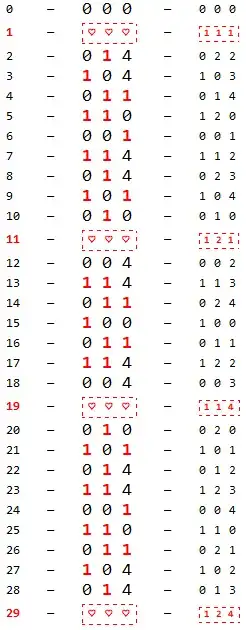I am trying to solve the following problem:
Given the context in the book, I have noticed the following: Suppose $n=30$ then we write the following system of equations:
$$x^2\equiv 1 \text{ (mod 2)}\\x^2\equiv 1 \text{ (mod 3)}\\x^2\equiv 1 \text{ (mod 5)}$$
And use the chinese remainder theorem. The solutions for $x^2\equiv 1 \text{ (mod 30)}$ are then the solutions for the previous system. I made a table on Mathematica which seems to confirm my suspicion. Whenever the previous system of equations is satisfied, $x^2\equiv 1 \text{ (mod 30)}$.
$\quad \quad\quad\quad\quad\quad\quad\quad\quad\quad\quad$
I have two questions:
- Why the solutions of that equation are found in that system of equations?
- How can I count the solutions? I kinda guessed the previous one and it seems to work but I have no clue on how to count them. I've been able to see that there must be an even number of solutions because $a^2\equiv (n-a)^2 \text{ (mod n)}$ but aside from this, I didn't make much progress.

